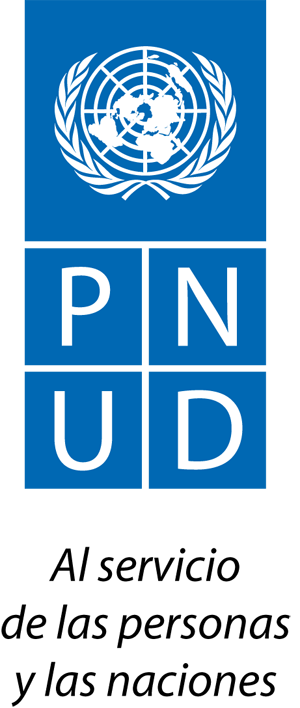
Goal 1: No poverty
End poverty in all its forms everywhere
Eradicating poverty in all its forms remains one of the greatest challenges facing humanity. While the number of people living in extreme poverty has dropped by more than half – from 1.9 billion in 1990, to 836 million in 2015 – too many people are still struggling to meet the most basic human needs.
Globally, more than 800 million people are still living on less than $1.25 a day; many lack access to adequate food, clean drinking water and sanitation. Rapid economic growth in countries like China and India has lifted millions out of poverty, but progress has been uneven. Women are disproportionately affected; they are more likely to live in poverty due to unequal access to paid work, education and property.
Progress has also been limited in other regions, such as South Asia and sub-Saharan Africa, which account for 80 percent of the people living in extreme poverty. This rate is expected to rise due to new threats brought on by climate change, conflict and food insecurity.
The Sustainable Development Goals (SDGs) are a bold commitment to finish what we started, and end poverty in all forms and dimensions by 2030. In order to achieve the SDGs, we must target those living in vulnerable situations, increasing access to basic resources and services, and support communities affected by conflict and climate-related disasters.
Ending poverty is one of 17 Global Goals that make up the 2030 Agenda for Sustainable Development. An integrated approach is crucial for progress across multiple goals.
Learn more about the targets for Goal 1.
- By 2030, eradicate extreme poverty for all people everywhere, currently measured as people living on less than $1.25 a day
- By 2030, reduce at least by half the proportion of men, women and children of all ages living in poverty in all its dimensions according to national definitions
- Implement nationally appropriate social protection systems and measures for all, including floors, and by 2030 achieve substantial coverage of the poor and the vulnerable
- By 2030, ensure that all men and women, in particular the poor and the vulnerable, have equal rights to economic resources, as well as access to basic services, ownership and control over land and other forms of property, inheritance, natural resources, appropriate new technology and financial services, including microfinance
- By 2030, build the resilience of the poor and those in vulnerable situations and reduce their exposure and vulnerability to climate-related extreme events and other economic, social and environmental shocks and disasters
- Ensure significant mobilization of resources from a variety of sources, including through enhanced development cooperation, in order to provide adequate and predictable means for developing countries, in particular least developed countries, to implement programmes and policies to end poverty in all its dimensions
- Create sound policy frameworks at the national, regional and international levels, based on pro-poor and gender-sensitive development strategies, to support accelerated investment in poverty eradication actions
The SDG Fund response
The SDG Fund supports initiatives that tackle poverty from a multisectoral perspective and address the following dimensions:
- Create opportunities for good and decent jobs and secure livelihoods
- Support inclusive and sustainable business practices
- Promote better government policies and fair and accountable public institutions
For example,
- In Bangladesh, women are often employed at the lower end of the productivity scale. The labor force participation of rural women is only 36.4% compared to 83.3% of men. Creating employment and income generating opportunities for women and enhancing their access to social protection is helping reduce their poverty and vulnerability. The SDG Fund’s programme is working in the Kurigram district in the Northwest and the Satkhira district in the coastal belt, both regions that are strongly affected by seasonal hunger and extreme poverty. More than 2,500 women have been employed through the programme and were able to open individual savings banking accounts.
- In Côte d'Ivoire, the SDG Fund is working to reduce poverty by creating economic and job opportunities in the San Pedro region, particularly for women and youth. An integrated approach including training, engaging with the government and other leaders on reforming rural land tenure practices, and creating new income generating activities. The programme is helping increase vulnerable groups' access to information about their rights and providing them with legal assistance. The programme also focuses on ensuring food security and improving nutrition in the poorest households.
- In Honduras, the SDG Fund supports the revitalization of the Lenca culture and micro-businesses led by women and youth. In the Lenca region, the SDG Fund backs training, business articulation, sustainable tourism promotion and international investment.

